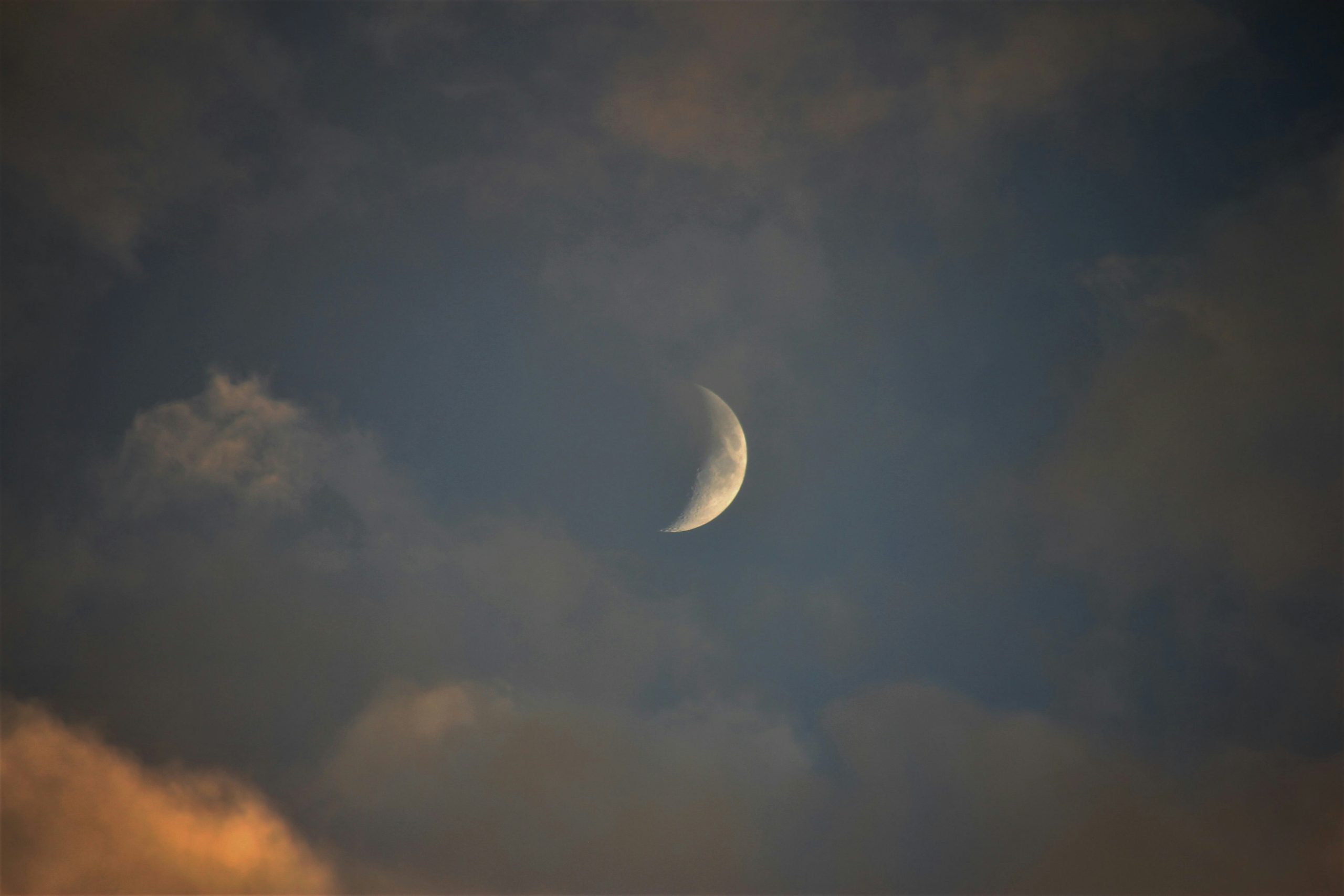The official decision remains to be declared by the Moon Sighting Committee of the Ministry of Endowments (Awqaf) in Qatar.
Astronomical calculations by the Qatar Calendar House (QCH) and Kuwaiti Al-Ojairi Scientific Center set April 10 as the starting date of this year’s Eid Al-Fitr, the institution announced on Saturday.
“The crescent of the month of Shawwal will be born on Monday evening, corresponding to April 8, 2024, (the Crescent sighting day), at 9:22 p.m., Doha local time and Kuwait time (6:22 p.m. GMT),” the QCH said.
The astronomers noted that the sighting of the Shawwal crescent will be impossible on the evening of the sighting day in Qatar and the rest of the region. They believe “the crescent will not have been born at sunset” on the scheduled sighting date.
The QCH and the Kuwaiti Al-Ojairi Scientific Center are among the most ancient astronomy and space entities in the region.
However, the official decision remains to be declared by the Moon Sighting Committee of the Ministry of Endowments (Awqaf) in Qatar, which often takes place in the last couple of days of Ramadan.
According to the Islamic Hijri calendar, months begin and end depending on the movement of the moon in its orbit around the Earth. Gregorian months are determined by the movement of the Earth in its orbit around the sun.
Oftentimes, countries in the region base their announcements on that of Saudi Arabia, though errors can happen in the moon sighting process. For example, Riyadh announced Eid Al Fitr in 2015 a day early as experts spotted Saturn instead of the crescent.
This year, some countries in the region began their Ramadan fast on March 11 and others started on March 12 due to their inability to detect the crescent moon.
In the event of mistakes, the government would pay off donations, known as “kaffarah”, for making Muslims miss out on fasting on the last day of the holy month.







